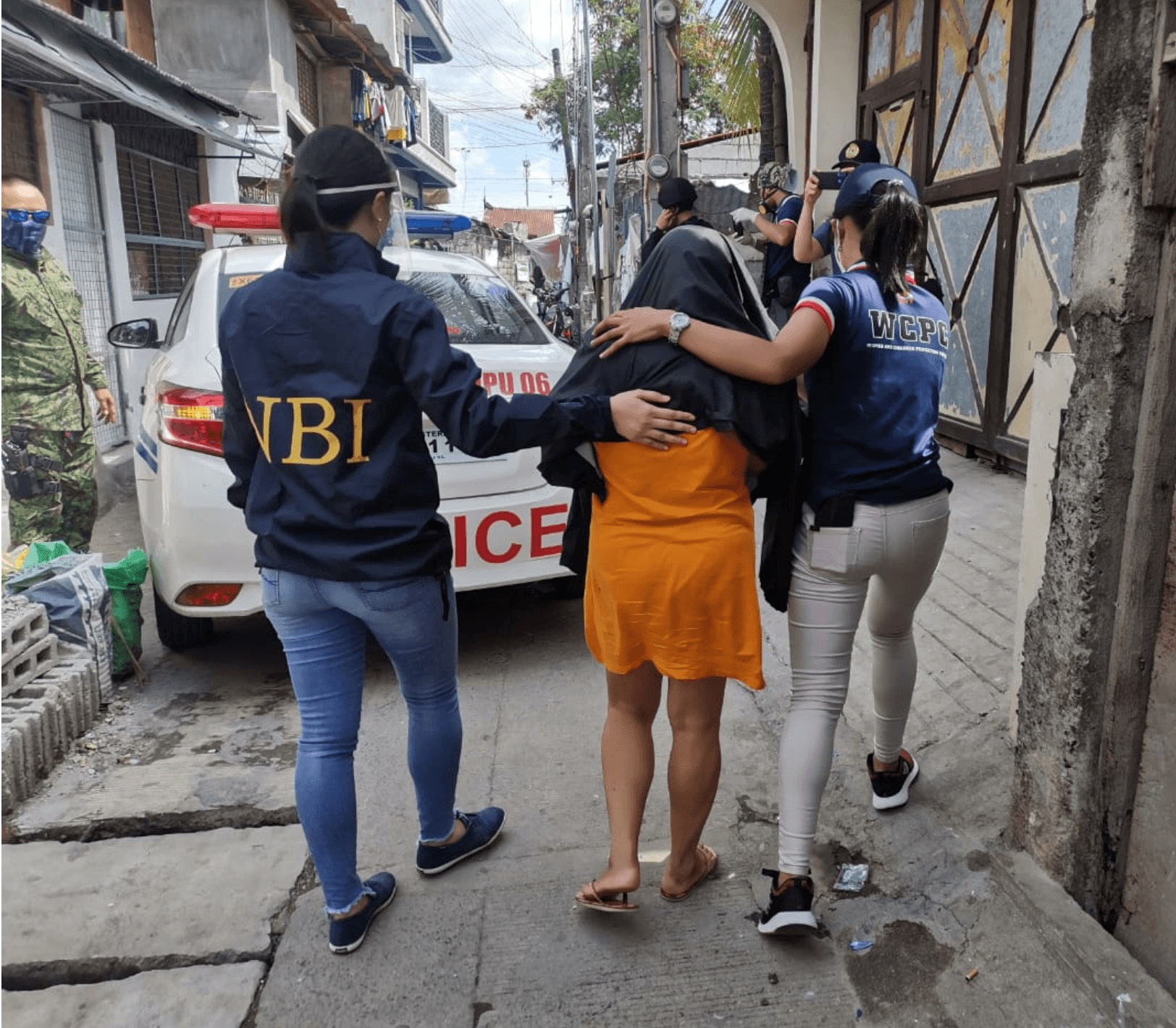SUMMARY
This is AI generated summarization, which may have errors. For context, always refer to the full article.

MANILA, Philippines – A new study revealed that within 3 years, the estimated prevalence rate of online sexual exploitation of children (OSEC) in the Philippines more than tripled – from 43 out of every 10,000 Internet Protocol (IP) addresses linked to child sexual exploitation in 2014, to 149 out of 10,000 in 2017.
This represents a 250% increase.
The same study also confirmed the country as a global hotspot for the online sexual exploitation of children. Data from various law enforcement agencies showed that the country received more than 8 times as many referrals as any other country during the 2010-2017 baseline period.
These are some of the highlights of the study released by the International Justice Mission (IJM) on Thursday, May 21, in partnership with the Philipipne government and other international stakeholders.
Lack of detection technology
The numbers, however, may not give an accurate picture of the prevalence of OSEC due to “inconsistencies in the quality of reporting” by what the study called “electronic service providers (ESPs).” ESPs also do not currently detect livestreamed abuse.
Not being able to catch livestreamed abuse results in a lack of reporting to clearinghouses such as the National Center for Missing and Exploited Children (NCMEC), which makes CyberTipline reports available to relevant law enforcement agencies.
Because technology to detect livestreamed abuse has yet to be developed or utilized by ESPs, it is often uncovered only when a foreign law enforcement agency identifies an offender for a different, but related offense – like possession or sharing of child sexual exploitation materials (CSEM).
The study revealed that 64% of Philippine OSEC cases were initiated by referrals from foreign authorities.
“The tech industry should prioritize detection of all child sexual exploitation materials (CSEM) because of the gravity of harm that repeated sexual exploitation causes victims, said IJM Philippines Director Samson Inocencio Jr.
“There are children who need rescue now, but rescue starts with timely detection and robust reporting,” he added.
By the anti-child pornography law, internet service providers (ISPs) are required to inform the Philippine National Police and the National Bureau of Investigation within a week of obtaining facts or circumstances regarding any form of CSEM engagement on their servers.
In October 2019, the Department of Social Welfare and Development said that internet service providers had been failing to comply with this provision.
Action
The Philippines has long remained a hotspot for sexual exploitation and trafficking, even being dubbed by the United Nations Children’s Fund (Unicef) the “global epicenter of the live-stream sexual abuse trade.” (FAST FACTS: Why online sexual exploitation of children happens in the Philippines)
This comes despite the country at Tier 1 of the US State Department’s Trafficking in Persons (TIP) report since 2016, which means it meets the minimum standards for eliminating human trafficking. (READ: Stolen: Pretty Girls)
Unicef also tagged the country as the top global source of child pornography in 2017. (READ: Besides private sex videos, child porn now peddled for as low as P100 on Twitter)
“We need to act as a global community – ending impunity in both source countries like the Philippines and demand countries. The Philippine government is committed to sustaining our collaboration with international law enforcement agencies in combatting this threat against our children,” said Justice Undersecretary Emmeline Aglipay Villar, who also heads the Department of Justice’s Inter-Agency Council Against Trafficking.
Apart from advancing technology to better catch perpetrators of OSEC, the IJM study recommended government legislation expanding ESP reporting requirements, greater inter-agency and international law enforcement collaboration, and increasing OSEC-dedicated staffing, budget, and research.
The full study can be found here.
To report cases of OSEC, call 1343 for Metro Manila and 02-1343 for outside Metro Manila. You can also report cases online at www.1343actionline.ph. – Rappler.com
Add a comment
How does this make you feel?
There are no comments yet. Add your comment to start the conversation.